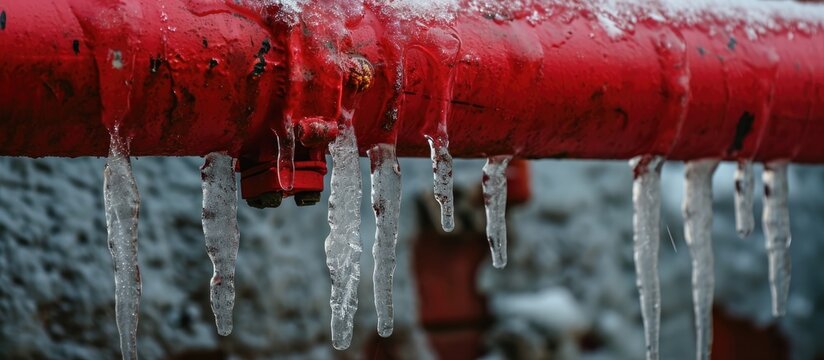The content further down pertaining to How to prepare your home plumbing for winter weather is truly captivating. You should investigate for yourself.

Winter can ruin your plumbing, specifically by freezing pipelines. Below's how to avoid it from occurring and what to do if it does.
Introduction
As temperature levels decrease, the risk of icy pipes rises, potentially leading to expensive repair work and water damages. Comprehending just how to prevent icy pipes is crucial for property owners in cold environments.
Recognizing Frozen Pipelines
What creates pipes to freeze?
Pipes freeze when subjected to temperature levels below 32 ° F (0 ° C) for prolonged periods. As water inside the pipes ices up, it expands, putting pressure on the pipe walls and possibly creating them to rupture.
Dangers and damages
Frozen pipes can result in water system disturbances, home damage, and expensive repair services. Ruptured pipes can flooding homes and create extensive architectural damage.
Indicators of Frozen Pipes
Determining frozen pipes early can stop them from bursting.
How to recognize frozen pipes
Try to find lowered water flow from taps, unusual smells or sounds from pipelines, and noticeable frost on subjected pipelines.
Avoidance Tips
Protecting prone pipes
Cover pipelines in insulation sleeves or use warm tape to shield them from freezing temperature levels. Concentrate on pipelines in unheated or outside areas of the home.
Home heating methods
Keep indoor areas properly heated up, particularly areas with plumbing. Open up cupboard doors to enable warm air to distribute around pipes under sinks.
Securing Exterior Plumbing
Garden pipes and outdoor taps
Disconnect and drain yard hose pipes prior to winter. Mount frost-proof faucets or cover outdoor faucets with protected caps.
What to Do If Your Pipes Freeze
Immediate activities to take
If you suspect icy pipelines, keep taps open up to eliminate stress as the ice thaws. Utilize a hairdryer or towels taken in warm water to thaw pipelines gradually.
Long-Term Solutions
Architectural adjustments
Think about rerouting pipelines away from exterior walls or unheated areas. Add additional insulation to attic rooms, cellars, and crawl spaces.
Upgrading insulation
Invest in high-quality insulation for pipelines, attic rooms, and wall surfaces. Correct insulation helps maintain constant temperatures and decreases the risk of frozen pipes.
Verdict
Protecting against icy pipes needs aggressive actions and fast feedbacks. By understanding the causes, indications, and safety nets, property owners can secure their pipes during cold weather.
5 Ways to Prevent Frozen Pipes
Drain Outdoor Faucets and Disconnect Hoses
First, close the shut-off valve that controls the flow of water in the pipe to your outdoor faucet. Then, head outside to disconnect and drain your hose and open the outdoor faucet to allow the water to completely drain out of the line. Turn off the faucet when done. Finally, head back to the shut-off valve and drain the remaining water inside the pipe into a bucket or container. Additionally, if you have a home irrigation system, you should consider hiring an expert to clear the system of water each year.
Insulate Pipes
One of the best and most cost-effective methods for preventing frozen water pipes is to wrap your pipes with insulation. This is especially important for areas in your home that aren’t exposed to heat, such as an attic. We suggest using foam sleeves, which can typically be found at your local hardware store.
Keep Heat Running at 65
Your pipes are located inside your walls, and the temperature there is much colder than the rest of the house. To prevent your pipes from freezing, The Insurance Information Institute suggests that you keep your home heated to at least 65 degrees, even when traveling. You may want to invest in smart devices that can keep an eye on the temperature in your home while you’re away.
Leave Water Dripping
Moving water — even a small trickle — can prevent ice from forming inside your pipes. When freezing temps are imminent, start a drip of water from all faucets that serve exposed pipes. Leaving a few faucets running will also help relieve pressure inside the pipes and help prevent a rupture if the water inside freezes.
Open Cupboard Doors
Warm your kitchen and bathroom pipes by opening cupboards and vanities. You should also leave your interior doors ajar to help warm air circulate evenly throughout your home.

Hopefully you liked our excerpt on Prevent Frozen Pipes . Thanks a ton for finding the time to read through our article. Liked our posting? Please quickly share it. Let somebody else check it out. Many thanks for your time. Kindly stop by our website back soon.
Go Services